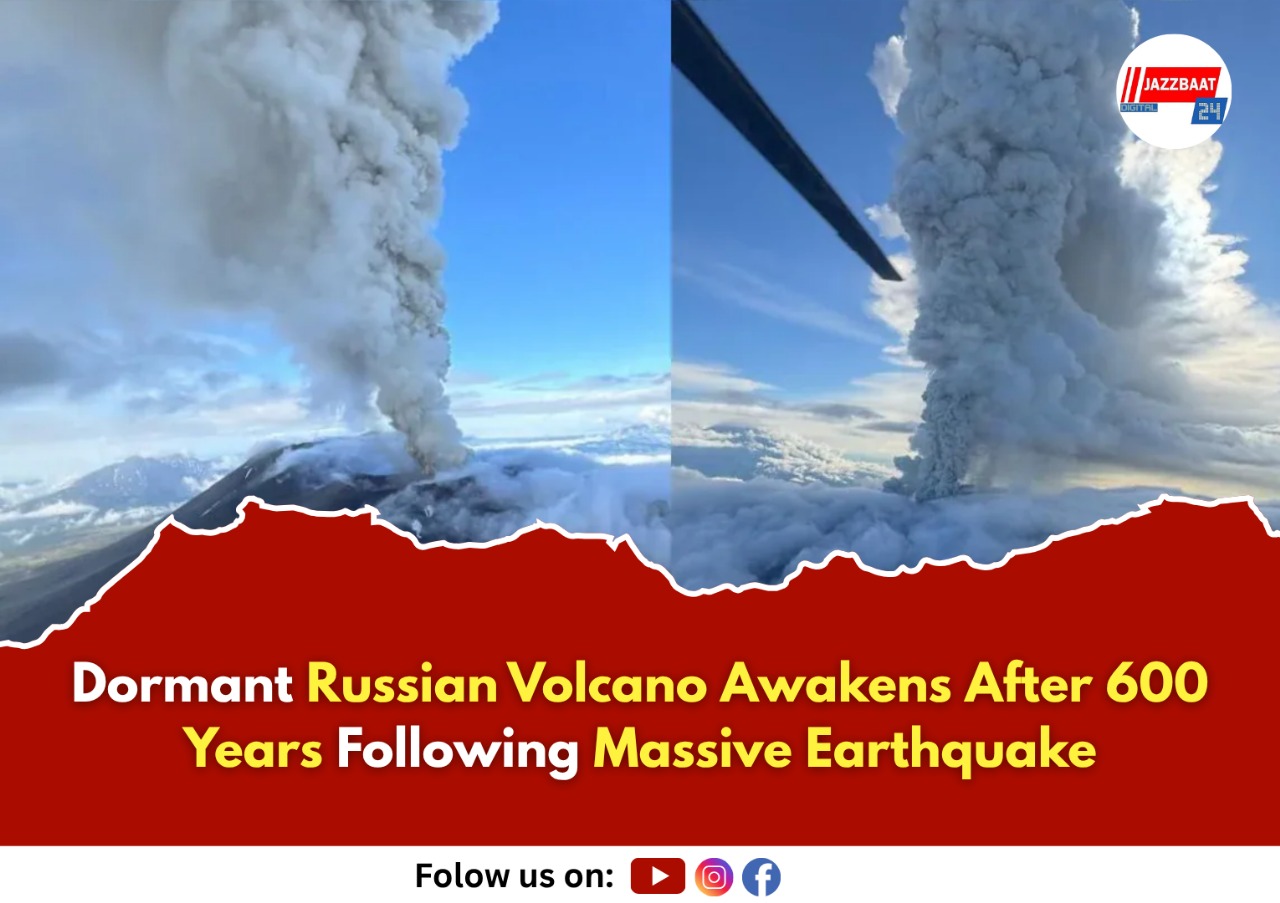
Krasheninnikov Volcano erupts for first time since 15th century, sending ash plume 6 kilometers high as seismic activity continues to rock Kamchatka Peninsula
In a dramatic geological awakening, the Krasheninnikov Volcano in Russia's remote Kamchatka Peninsula has erupted for the first time in over 600 years, scientists confirmed Sunday. The eruption sent towering ash plumes up to six kilometers into the sky, marking a historic moment for one of the world's most seismically active regions.
The volcanic eruption occurred overnight Saturday, just days after a massive 8.8-magnitude earthquake struck the same region on July 30, triggering tsunami warnings as far away as French Polynesia and Chile. Scientists believe the two events may be connected, representing a chain reaction of geological activity along the volatile Pacific Ring of Fire.
"This is the first historically confirmed eruption of Krasheninnikov Volcano in 600 years," said Olga Girina, head of the Kamchatka Volcanic Eruption Response Team, speaking to local media. The last recorded eruption dates back to the 15th century, making this a once-in-a-lifetime geological event.
The eruption was followed by another significant earthquake Sunday morning, when a 7.0-magnitude tremor struck the nearby Kuril Islands. Russia's Ministry for Emergency Services initially issued tsunami warnings but later canceled them after determining wave heights remained low. However, authorities continue to advise residents in three areas of Kamchatka to stay away from shorelines as a precautionary measure.
Despite the dramatic nature of the eruption, officials report no immediate threat to populated areas. The ash cloud has drifted eastward toward the Pacific Ocean, away from residential zones. However, aviation authorities have issued an orange hazard code due to the elevated risk to aircraft operating in the region.
The Krasheninnikov Volcano, standing 1,856 meters above sea level, is part of the Kamchatka Peninsula's chain of active and dormant volcanoes. This remote Russian territory sits squarely within the Pacific Ring of Fire, an area known for intense seismic and volcanic activity caused by shifting tectonic plates.
The recent earthquake sequence has highlighted the region's vulnerability to major geological events. The July 30 earthquake was one of the strongest ever recorded in the area, forcing millions to evacuate coastal regions across the Pacific. Scientists had warned that strong aftershocks could continue for several weeks following the initial quake.
The Kamchatka Peninsula lies along the Kuril-Kamchatka subduction zone, where the Pacific Plate dives beneath the Okhotsk microplate at a rate of 77-86 millimeters per year. This ongoing geological process creates the conditions for both earthquakes and volcanic eruptions, making the region one of the most seismically active areas on Earth.
As monitoring continues, researchers are closely watching for additional volcanic activity and aftershocks. The dramatic reawakening of Krasheninnikov serves as a powerful reminder of the dynamic forces shaping our planet, particularly in regions where tectonic plates meet and collide beneath the Earth's surface.